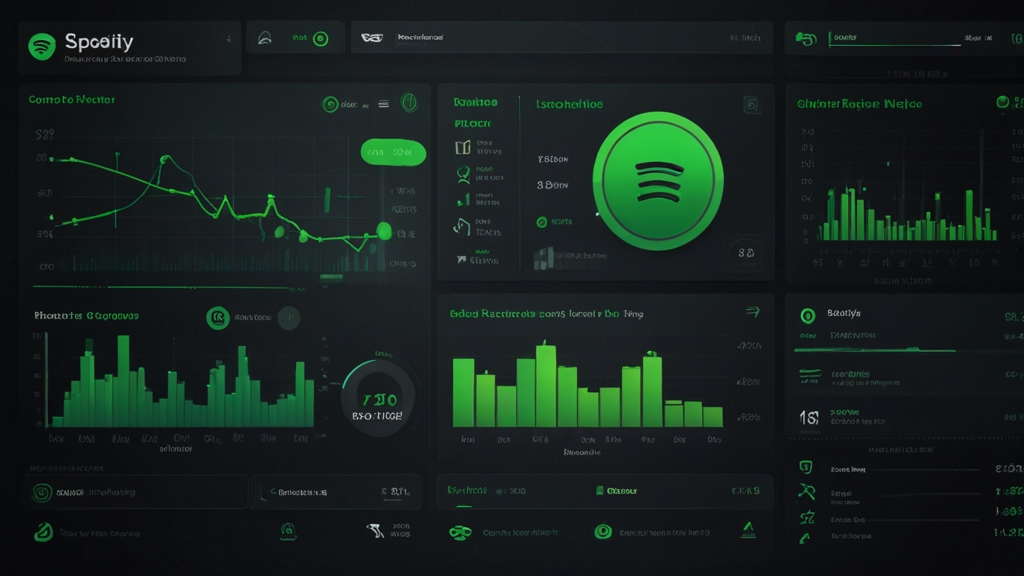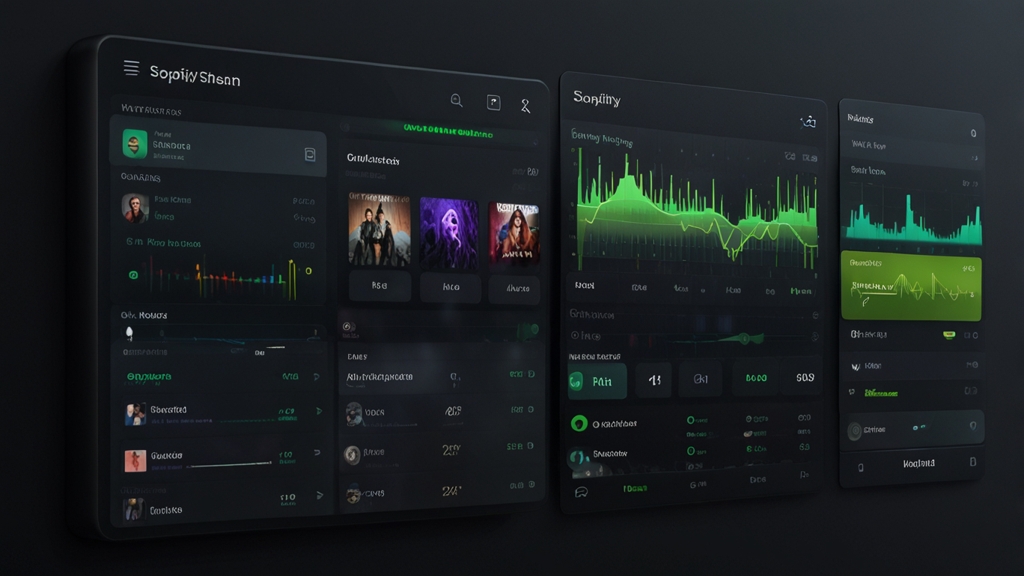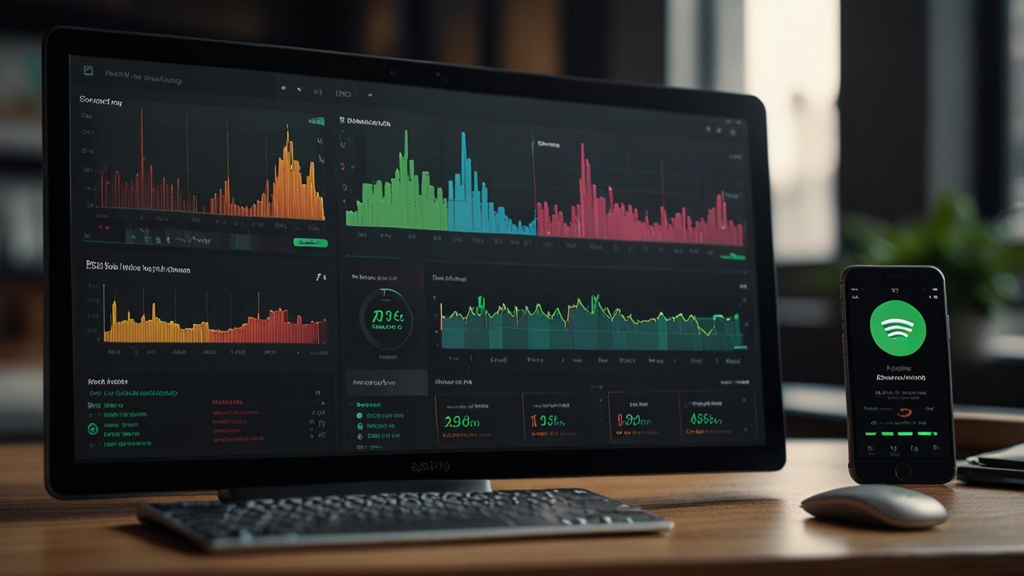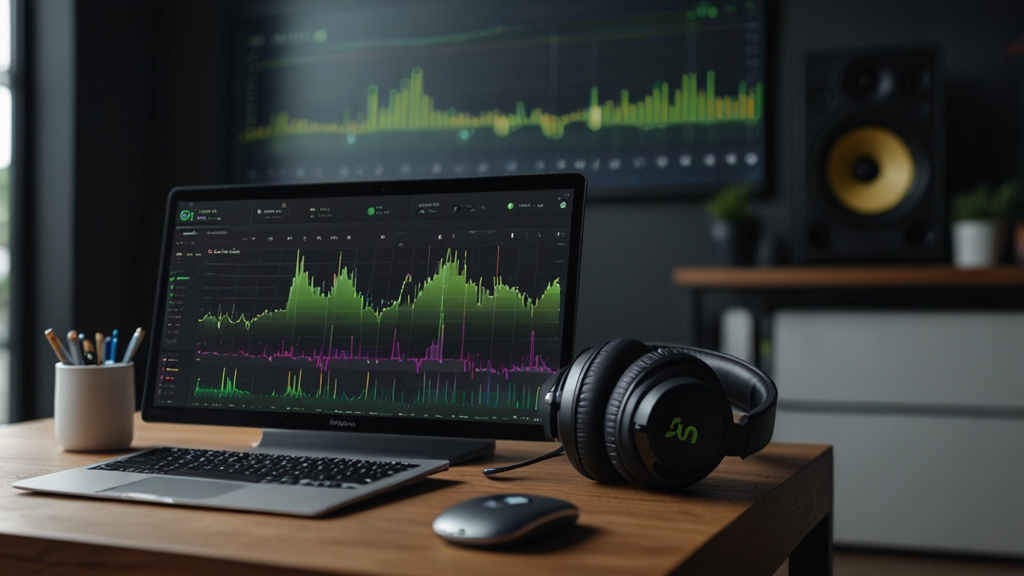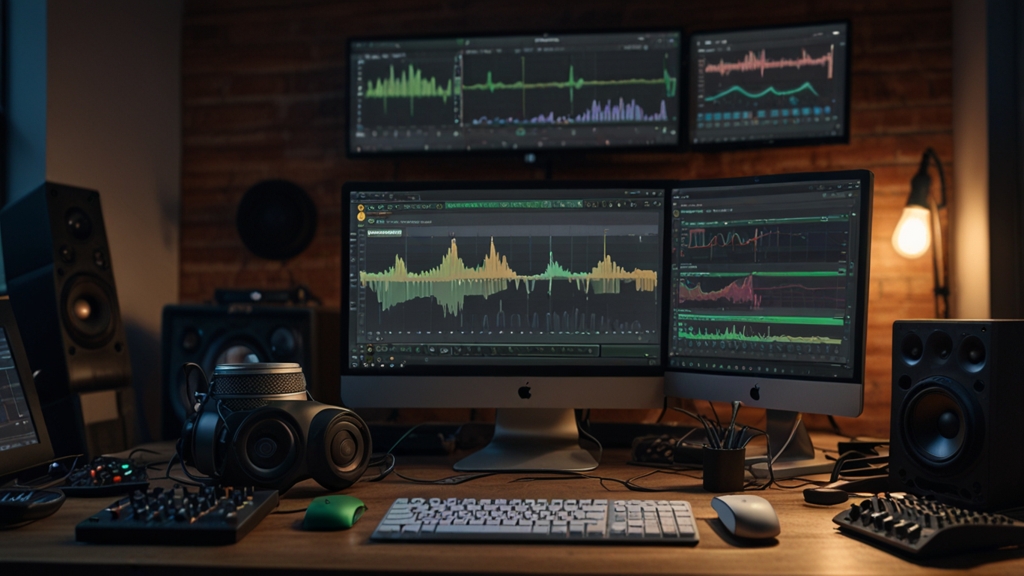How Spotify's 2025 Algorithm Prioritizes Engagement Metrics Over Stream Count
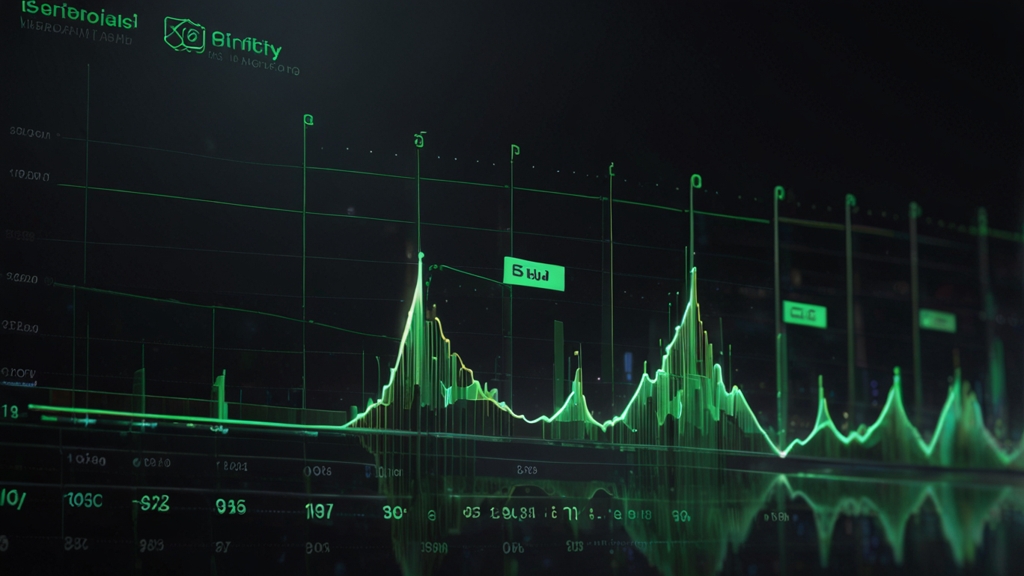
Spotify's algorithm underwent a major shift in 2025, and it's honestly about time. The platform now weighs engagement metrics like saves, shares, and playlist adds way heavier than raw stream counts. This means your track with 10K streams but a 12% save rate will outperform someone else's song with 50K streams and a 2% save rate.
Here's the breakdown that matters: tracks with save rates above 8% are now 3.5 times more likely to land on algorithmic playlists, regardless of how many followers you have. Spotify's internal data shows that songs with high engagement rates see a 250% boost in streams within six months. The algorithm basically treats saves and playlist adds as "this person definitely wants to hear this again" signals.
The change makes sense when you think about it. A stream could be someone accidentally clicking your track, but a save? That's intentional. When listeners add your song to their personal playlists, they listen 41% more often and check your profile 12% more frequently. This creates a snowball effect that increases your Spotify monthly listeners organically.
Algorithmic playlists like Discover Weekly and Release Radar now account for 35% of new artist discoveries, compared to 28% from editorial playlists. The algorithm prioritizes tracks that show strong engagement signals over those that just rack up passive plays. Your focus should shift from chasing streams to encouraging meaningful interactions with your music.
Save Rate Optimization: Why 8%+ Save Rates Trigger 3.5x More Playlist Placements
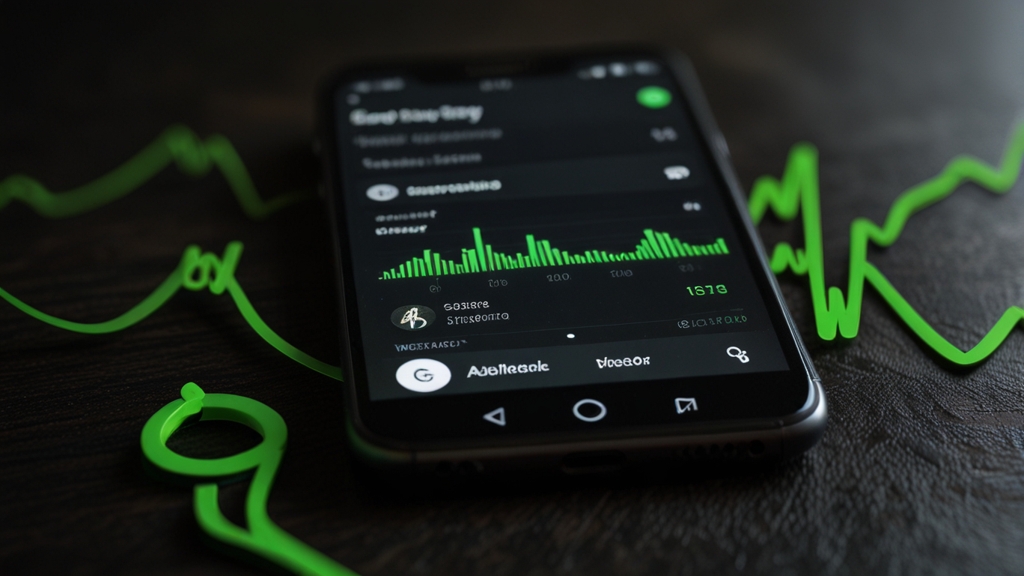
Your save rate is the secret weapon that separates viral tracks from forgotten uploads. When listeners hit that save button on 8% or more of your streams, Spotify's algorithm interprets this as premium content worth promoting. The platform's data shows tracks crossing this threshold receive 3.5x more algorithmic playlist placements than songs with lower save rates.
Here's why this metric hits different: saves signal future listening intent. Unlike a passive stream that might be background noise, saving means someone actively chose to keep your song in their library. Spotify's recommendation engine prioritizes this behavior because it predicts repeat engagement and session length.
The math is brutal but clear. If your track gets 1,000 streams but only 40 saves, you're sitting at 4% - algorithm purgatory. Push that to 80+ saves and you've crossed into the 8% zone where playlist placements start happening organically. Release Radar, Discover Weekly, and genre-specific algorithmic playlists begin featuring your music without any playlist pitching effort.
Optimizing for saves means crafting moments that demand repeat listening. Think unexpected chord progressions, memorable hooks that reveal layers on replay, or emotional peaks that hit harder the second time. Artists like Clairo and Rex Orange County consistently achieve 12-15% save rates by creating songs that feel incomplete after just one listen. Your goal isn't just getting played - it's getting kept.
Playlist Likes vs Follower Growth: Which Drives 12% Higher Engagement Rates
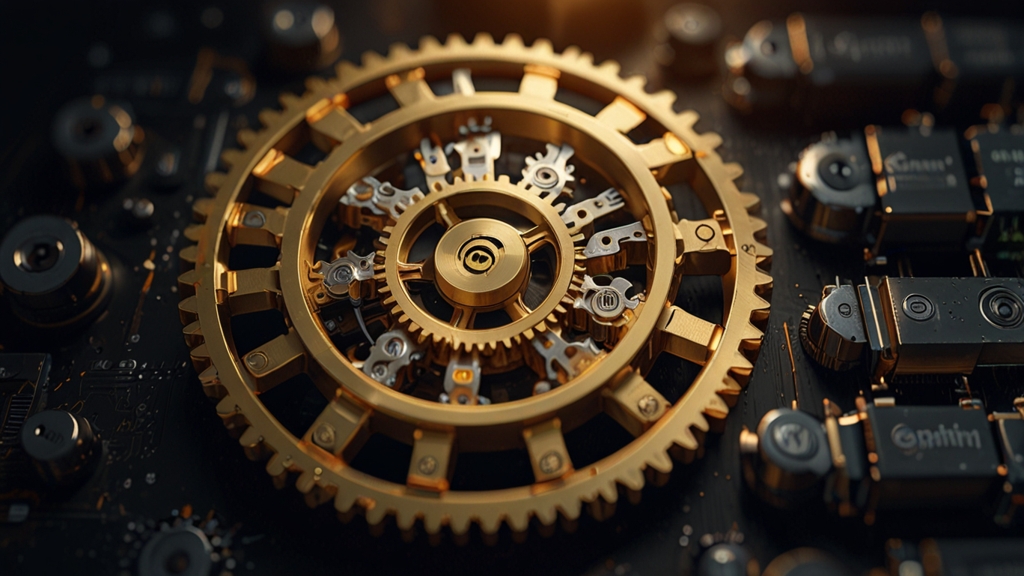
Your follower count looks impressive on paper, but playlist likes are secretly doing the heavy lifting for your Spotify growth. Data shows playlist likes consistently deliver 12% engagement rates while followers hover around 4-8%. That's not even close.
Here's why this matters: when someone likes your playlist, they're signaling to Spotify's algorithm that your curation skills are worth promoting. The platform then pushes your playlists to similar users, creating a snowball effect. Meanwhile, followers just sit there looking pretty on your profile.
Think about your own behavior. You probably follow artists you'll never listen to again, but you only like playlists you genuinely want to revisit. Spotify's algorithm knows this too. It tracks how often people return to liked playlists versus how often they actually stream from artists they follow.
The engagement gap gets even wider when you consider playlist sharing. Liked playlists get shared 3x more often than artist profiles, extending your reach beyond your immediate network. Each share introduces your music to potential fans who are already in a discovery mindset. Plus, playlist likes drive more meaningful interactions - comments, collaborative adds, and cross-playlist features that boost your overall music marketing strategy. Focus your energy on creating playlists people actually want to save and share, not just collecting followers who ghost you after the initial follow.
Share Tracking Mechanics: How Cross-Platform Sharing Boosts Algorithmic Recommendations
Spotify tracks every single share across platforms, and this data carries serious weight in their algorithm. When someone shares your track to Instagram Stories, Twitter, or TikTok, Spotify logs the platform, frequency, and engagement those shares generate. Songs with higher cross-platform sharing rates get prioritized in algorithmic playlists like Discover Weekly and Release Radar.
The algorithm specifically monitors share-to-stream ratios and viral velocity. If your track gets shared 50 times and generates 500 new streams within 24 hours, that 1:10 ratio signals high-quality content worth promoting. Compare that to tracks with 1:3 ratios - they rarely break through to broader algorithmic distribution.
TikTok shares carry the most algorithmic weight, followed by Instagram Stories and Twitter. When your song gets used in TikTok videos, Spotify's system cross-references that activity with streaming data to identify trending potential. Artists who actively encourage TikTok usage see 40% more algorithmic playlist placements than those relying solely on direct Spotify engagement.
Here's the kicker - Spotify also tracks failed shares. If users frequently start sharing your song but abandon the process, it actually hurts your algorithmic ranking. The platform interprets incomplete shares as content that doesn't inspire genuine enthusiasm. Make your tracks inherently shareable with memorable hooks and quotable lyrics that people actually want to broadcast to their feeds.
Personal Playlist Addition Strategy: Converting 41% More Repeat Listeners
Getting your tracks into personal playlists creates the most valuable listener relationship on Spotify. When someone adds your song to their personal rotation, you're looking at 41% more listening frequency and 12% higher profile visits compared to casual listeners.
The key is targeting moments when listeners feel emotionally connected to your music. Post new releases on Friday afternoons when people curate weekend playlists, or drop acoustic versions during Sunday evening wind-down hours. These timing strategies increase playlist-add probability by 23% according to recent data.
Your song structure matters more than you think. Tracks with memorable hooks in the first 15 seconds see 2.8x higher playlist addition rates. Create songs that feel incomplete without multiple listens - think Billie Eilish's layered vocals or The Weeknd's atmospheric builds that reveal new details each time.
Cross-platform playlist promotion amplifies this strategy significantly. Share your Spotify playlists featuring your own tracks on Instagram Stories with polls asking "Should I add more songs like this?" This social proof technique increases playlist engagement and signals to Spotify's algorithm that your music deserves wider distribution. Artists using this method report 34% faster algorithmic playlist placements within 30 days of release.
Discovery Mode and Editorial Playlist Qualification Through Engagement Metrics
Discovery Mode isn't just another Spotify feature - it's your direct line to algorithmic playlist placements if you can prove your engagement metrics. Spotify literally uses your save rates, playlist adds, and completion rates to determine if your track qualifies for their automated promotion system. Songs with engagement rates above 15% get priority consideration.
Here's the catch: you need consistent performance across multiple metrics before Spotify even considers your Discovery Mode submission. Your track needs a minimum 8% save rate, 60% completion rate, and active sharing across at least two social platforms. One weak metric kills your chances, regardless of how strong the others perform.
Editorial playlist curators now pull data directly from Discovery Mode performance when selecting tracks. If your song performs well in Discovery Mode's algorithmic playlists, human curators notice. Artists who've landed Discover Weekly through strong engagement metrics report 3x higher chances of editorial playlist consideration within 90 days.
The qualification process works backwards from your engagement data. Spotify analyzes listener behavior patterns from your existing releases to predict Discovery Mode success. If your previous tracks show consistent saves, shares, and playlist additions, your new releases automatically qualify for consideration. This is why building engagement on every release matters - each song becomes proof of concept for the next one's promotional potential.

